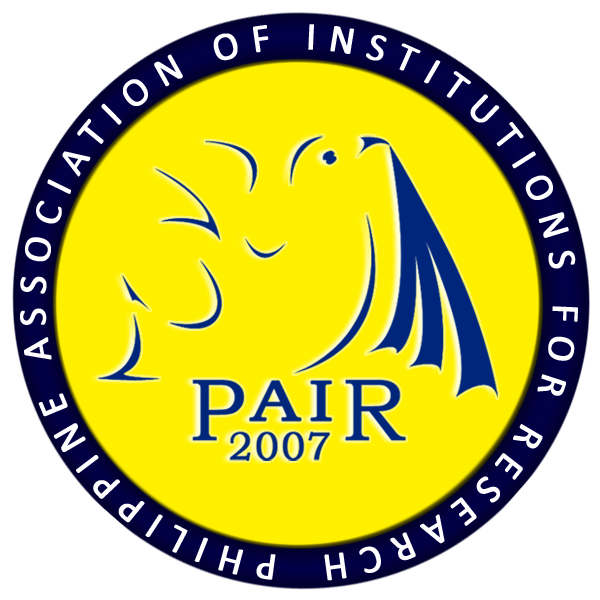Error Analysis of Trigonometry Students in a Technological University
DOI:
https://doi.org/10.7719/irj.v7i1.372Keywords:
Mathematics Education, Trigonometry, error-analysis, process-focus instruction, descriptive design, Tabango, Leyte, Philippines.Abstract
Error analysis is considered as an effective assessment approach that allows one, especially teachers, to determine whether students are making consistent mistakes when performing computations. By pinpointing the error category or pattern of a student's errors, one can directly teach the correct procedure for solving the problem or can even formulate an effectively designed instructional intervention. The purpose of the study is to analyze the different errors that students commit in Trigonometry. The sample consists of 24 teacher education students and 25 information technology students. Data were drawn from test questionnaires which were categorized as Reading, Comprehension, Transformation, Processing and Encoding error. The study utilized descriptive statistics. The results revealed greater percentage of error on Processing, however, lesser error of the students committed in the Reading part. Students have learning complexities which are attributed to the error committed. Thus, students had learned some concepts defectively. Generally, processing the error of the students needs teachers' consideration through process-focus instruction. The findings of the study can serve best to a host of educators who are into developing instructional materials, modules and worksheets, for them to consider the different misconceptions of students and should further account the various errors committed by the students.
References
Asiala, M., Brown, A., DeVries, D. J., Dubinsky, E., Mathews, D., & Thomas, K. (1997). A framework for research and curriculum development in undergraduate mathematics education. MAA NOTES, 37-54.
Downloads
Published
Issue
Section
License
Copyright (c) 2016 Catalino L. Centillas Jr., Christian Caben M. Larisma

This work is licensed under a Creative Commons Attribution-NonCommercial 4.0 International License.












